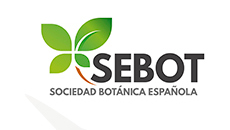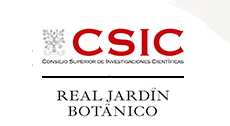Scientific Area
Abstract Detail
Nº613/261 - Sapromimesis as a pollination strategy – floral mimicry of the necrobiome
Format: ORAL
Authors
Katherine R. Goodrich1, Jade Savage2
Affiliations
1 Widener University, 1 University Pl. Chester, PA, USA
2 Bishop’s University, 2600 College St., Sherbrooke, Quebec, Canada
Abstract
Some flowers use false advertisements to deceptively attract pollinators. Mimetic resemblance to other organisms or their by-products can result in pollinators cognitively misclassifying the flowers, as evident by behavior such as mating attempts or egg-laying. Floral mimicry of decomposing substrates, frequently termed oviposition-site mimicry, presents a particularly challenging study system. Current studies on flowers mimicking decomposing substrates (e.g. carrion, fermentation, dung) show intriguing patterns of convergence of floral scents, color, and texture. However, we do not yet fully understand the cues utilized by foraging and/or gravid saprophagous insects which pollinate sapromimetic flowers. Examining floral phenotype convergence in sapromimetic species may help elucidate crucial cues used by these insects. Traditional views of mimicry suggest that increased phenotypic overlap of the mimic with a specific model should increase mimic fitness. But in sapromimesis, it is frequently unclear whether the flower imitates a general set of cues used by saprophagous insects or more specialized imitation of a particular model, such as a species of fermenting fruit.
I will present ongoing research for two sapromimetic species Asimina triloba (Annonaceae) and Symplocarpus foetidus (Araceae) occurring in the same habitats of northeastern USA. Yeasty-smelling maroon flowers of A. triloba overlap chemically with odors of a range of fermenting environmental substrates and attract a range of fermentation-seeking Diptera. Fetid, carrion-smelling inflorescences of S. foetidus chemically overlap with both carrion and fermenting substrates, potentially attracting a broader range of saprophagous insects. I highlight convergent floral characteristics between these species as well as potentially important differences. I present substrate chemical data for locally-occurring potential models. Finally, I identify insect taxa attracted to flowers of both species, and to carrion and fermentation baits placed near blooming plants. This investigation helps elucidate boundaries and potential overlap between substrate properties and attracted insect communities within a close geographic area.




